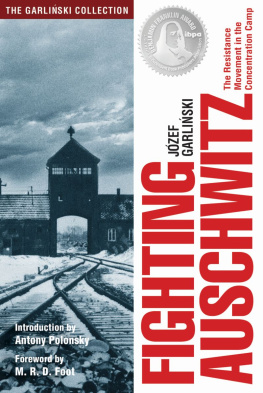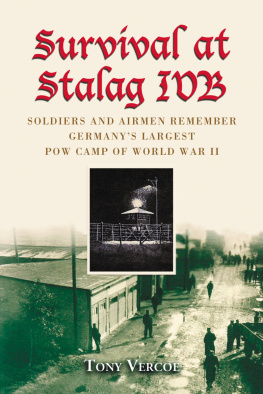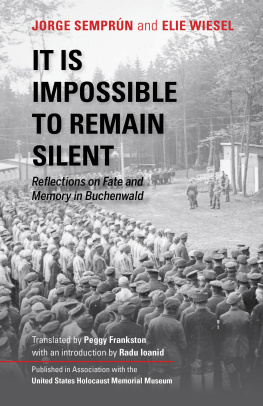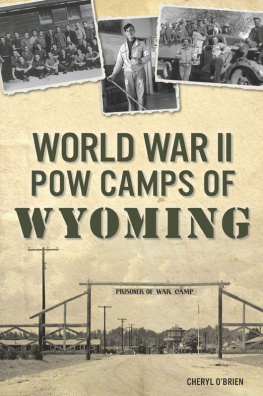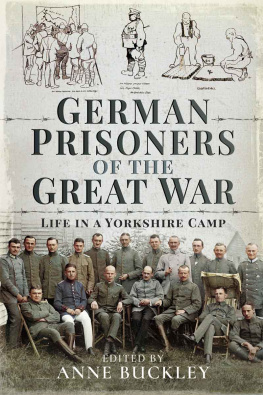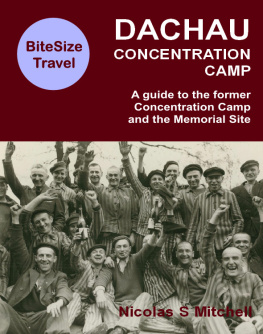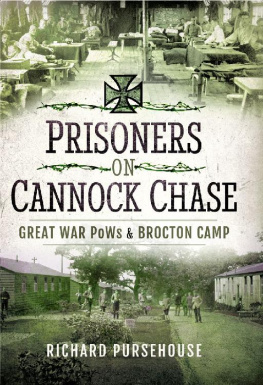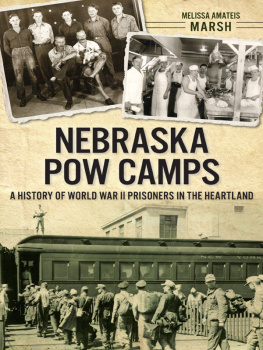Contents
Dedicated to the memory of the prisoners of Breendonk
and their families
Copyright 2015 by James M. Deem
All rights reserved. For information about permission to reproduce selections from this book, write to Permissions, Houghton Mifflin Harcourt Publishing Company, 215 Park Avenue South, New York, New York 10003.
www.hmhco.com
Rights reserved. The author of this publication has, in spite of all actions taken, not been able to trace the origin of some of the images. Should the rightful claimants recognize themselves in these photographs, they can contact Houghton Mifflin Harcourt, 222 Berkeley Street, Boston, Massachusetts, 02116: (bottom).
Image credits on page .
Note to readers: The plural of the German nouns Zugfhrer and Oberarbeitsfhrer have been anglicized with an s ending.
Library of Congress Cataloging-in-Publication Data is on file.
eISBN 978-0-544-55644-7
v1.0815
Plan of Breendonk, c. 1943
KEY:
Rooms 17, 1012: Prisoner Barrack Rooms
Rooms 89: Solitary-Confinement Cells
Rooms 1314: The Revier
Room 15: The Mortuary
Room 16: The Bunker
Room 17: The Jewish Barracks (built during the summer of 1941)
Room 18: Toilet Room (built by October 1943)
Room 19: SS Office for registering prisoners
Room 20: The Kitchen
Room 21: The SS Canteen
Room 22: First Solitary-Confinement Cells
Room 23: Tailor Workshop
Room 24: Pigsty, Stables, Blacksmith, and other workshops
Room 25: Shower Room (built during the summer of 1941)
DEFINITIONS OF TERMS USED IN THIS BOOK
ANSCHLUSS The annexation of Austria by Germany on March 13, 1938.
APPELL Roll call of prisoners, usually held in the courtyard at Breendonk.
ARBEITSEINSATZBEFEHL The work deployment order sent to 12,000 Jews in Belgium in August 1942 requiring them to appear at SS- Sammellager Mechelen.
ARBEITSFHRER A supervisor of the prisoners at work (work leader in German).
ARRESTANT (s), ARRESTANTEN (pl) A prisoner suspected of being a member of the resistance and therefore held in solitary confinement and usually tortured in the bunker.
ARYAN A pseudoscientific, racist term used by the Nazis. They considered Aryansso-called pureblood Germansto be superior to non-Aryans and later used this justification in their attempts to exterminate the Jews and Romany of Europe.
AUFFANGLAGER A reception camp, a euphemism used to designate the SS prison camp of Breendonk.
AUSCHWITZ A Polish concentration camp with three distinct parts. Auschwitz I was the administrative center of the camp, established initially in June 1940. Auschwitz-Birkenau (or Auschwitz II) was a subcamp that became the extermination center in early 1942 with, eventually, six gas chambers. Auschwitz III was a series of at least forty slave-labor subcamps where prisoners were forced to work in factories or workshops, usually producing materials for the German war effort.
BETTENBAU Bed making, daily chore at Breendonk.
BUCHENWALD A German concentration camp established in July 1937 near Weimar.
DACHAU One of the first Nazi concentration camps, established in March 1933 near Munich.
ENDLSUNG Final Solution, a Nazi euphemism for their decision to exterminate the Jews of Europe.
ESSENHOLEN Food server, a duty performed by some inmates at Breendonk.
FELDGENDARMERIE The military police of the Wehrmacht .
GEHEIME FELDPOLIZEI The secret police of the Wehrmacht.
HFTLINGE (s), HFTLINGEN (pl) The German term for a prisoner.
HERZOGENBUSCH An official SS concentration camp complex established in January 1943 in Vught, the Netherlands.
KRISTALLNACHT An organized attack, or pogrom, carried out by Nazis against the Jews of Germany and Austria in November 1938. The term is a Nazi euphemism that literally means Crystal Night but is interpreted as Night of the Broken Glass. During this time period, Nazis and some ordinary citizens destroyed 275 synagogues, ransacked Jewish homes and businesses, beat and abused thousands of Jews, and were implicated in the deaths of at least 236 Jews, including forty-three women and thirteen children. It is also called the Reichskristallnacht and Reichspogromnacht .
MAUTHAUSEN An Austrian concentration camp complex near Linz, begun in August 1938, known for its infamous stone quarries and many subcamps.
MILITRVERWALTUNG The military administration that governed Belgium and northern France during most of World War II.
NEUENGAMME A German concentration camp near Hamburg, first set up in December 1938 as a subcamp of Sachsenhausen, then made an official SS camp in early 1940.
OBERARBEITSFHRER The head supervisor of the work site at Breendonk.
REVIER The sickbay at Breendonk.
SACHSENHAUSEN A German concentration camp established near Berlin in July 1936.
SAMMELLAGER A collection camp, a euphemism used to designate the transport camp for Jews in Mechelen, Belgium.
SIPO-SD ( SICHERHEITSPOLIZEI-SICHERHEITSDIENST ) The secret SS police in Belgium, similar to the Gestapo in Germany.
SONDERKOMMANDO A special work group of prisoners. At Auschwitz they removed corpses from the gas chambers and burned them either in open pits or in the crematoria.
SS ( SCHUTZSTAFFEL ) The infamous Nazi defense corps that began by providing bodyguards for Adolf Hitler and became one of the most powerful Nazi paramilitary organizations.
UNTERMENSCH A subhuman, a term used by the Nazis to refer to people they considered inferior, including Jews, Romany, Slavs, and other non-Ayrans.
WAFFEN -SS The military force of the SS.
WEHRMACHT The regular German army.
ZUGFHRER The prisoner who was the leader or captain of a barrack room at Breendonk. Similar to a Kapo, a term used in other concentration camps.
Introduction
My first view of Breendonk.
The first time I visited the national memorial of the Belgian concentration camp named Breendonk, I was shocked by what I saw and heard. Until that day, somehow Breendonk had escaped me.
I knew about the concentration camps that the Nazis had established to eliminate all opposition to their regime. Like many people, I had learned about the camps initiated by Adolf Hitler and administered by the SS before the start of World War II primarily to incarcerate those who opposed Nazi politics; they included Dachau, Buchenwald, and Sachsenhausen in Germany, and Mauthausen in Austria. I was acquainted with other Nazi concentration camps organized soon after the war began for political prisoners and resistance fighters as well as Jews and Romany; these included Auschwitz I, Neuengamme, and Dora. I was also well aware of the extermination camps, such as Auschwitz-Birkenau (sometimes called Auschwitz II) and Majdanek.


